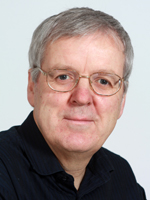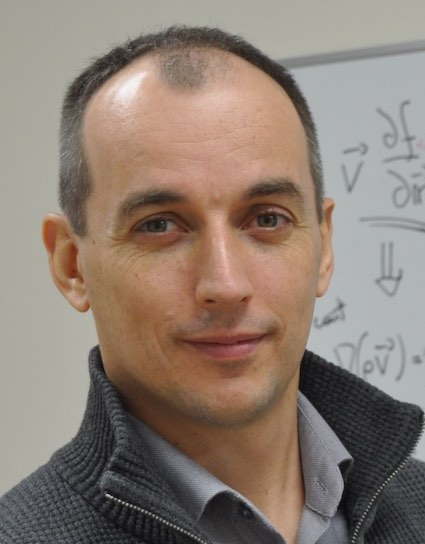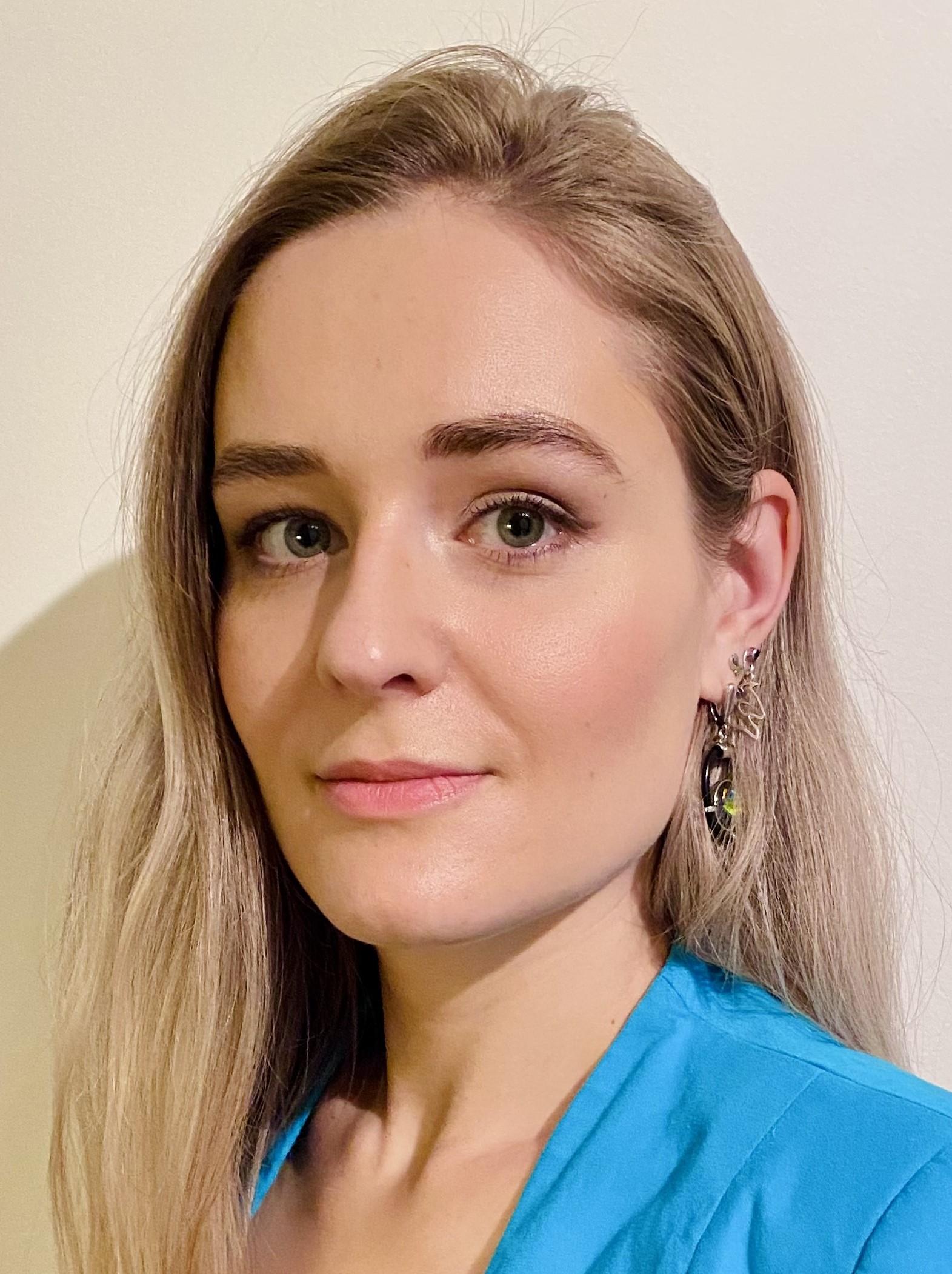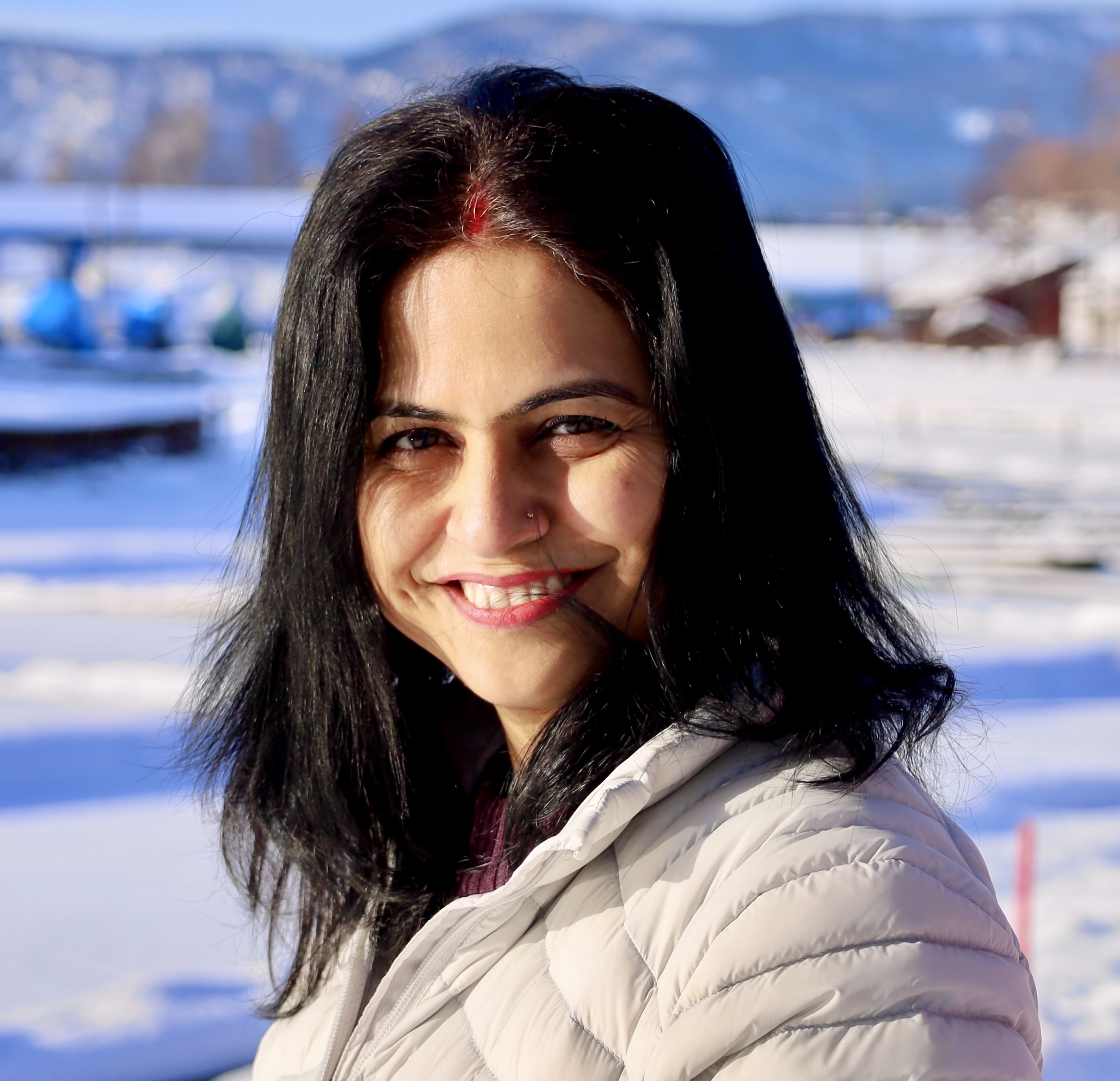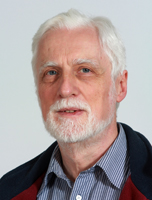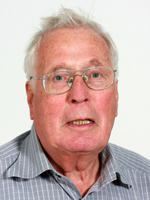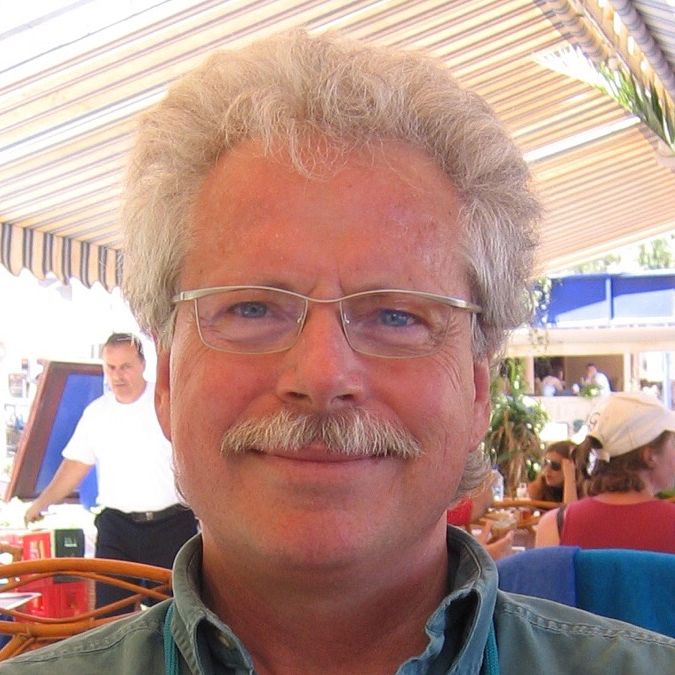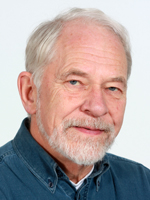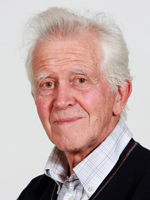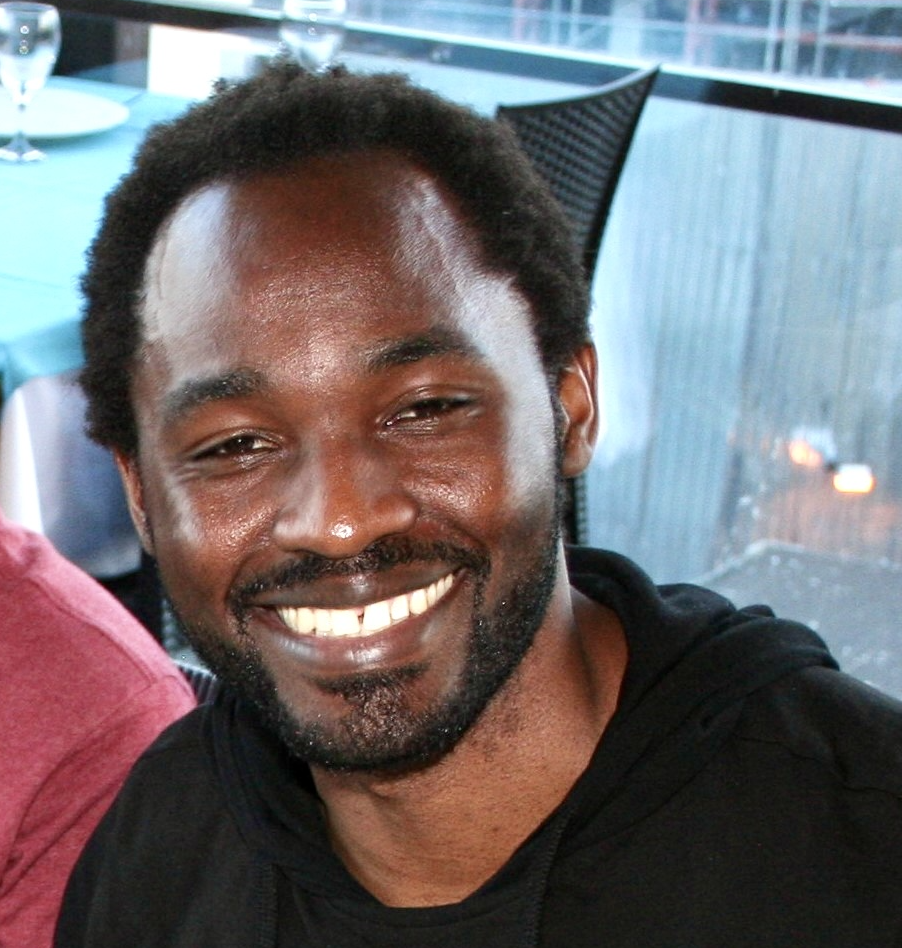4DSpace Research Group
The 4DSpace Research Group at the Faculty of Mathematics and Natural Sciences, University of Oslo. It is an inderdisciplinary centre combining Departments of Physics, Informatics, and Mathematics. Our goal is to understand the role of plasma instabilities and turbulence in the energy transfer, transport and coupling between different scales in the near Earth space. We work with integrated studies of ionospheric plasma and our focus is on multi-point, multi-scale 4D (3D in space and time) studies with a new generation sounding rockets and satellites.
News 
Research
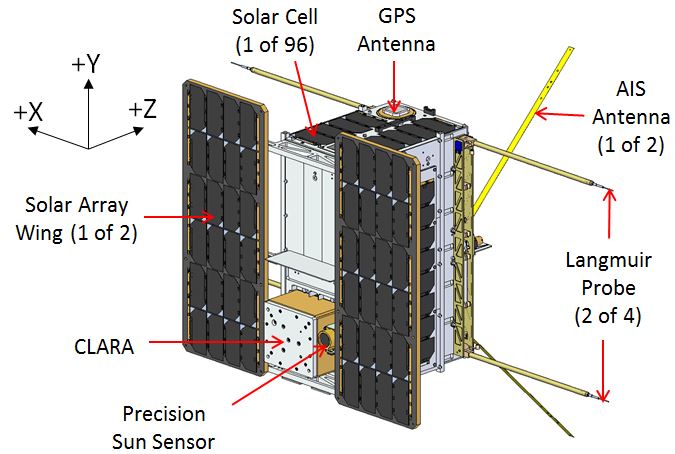
NorSat-1
Status - active
The Norwegian satellite NorSat-1 carries the first multi-needle Langmuir probe in orbit around Earth.

The Emirates Lunar Rover
Status - active
Towards the end of April 2023, after 4 months in orbit, the ispace Mission 1 will put the Emirates Lunar Rover (nickname Rashid) on the Moon. On board the rover is a Langmuir probe system developed and build by Eidsvoll Electronics in close cooperation with members from the 4DSpace Research Group. During the 14 days surface operations following touchdown, 4DSPace member Lasse Clausen will help command the rover from mission control center in Dubai, hopefully making unprecedented measurements of the lunar plasma environment.
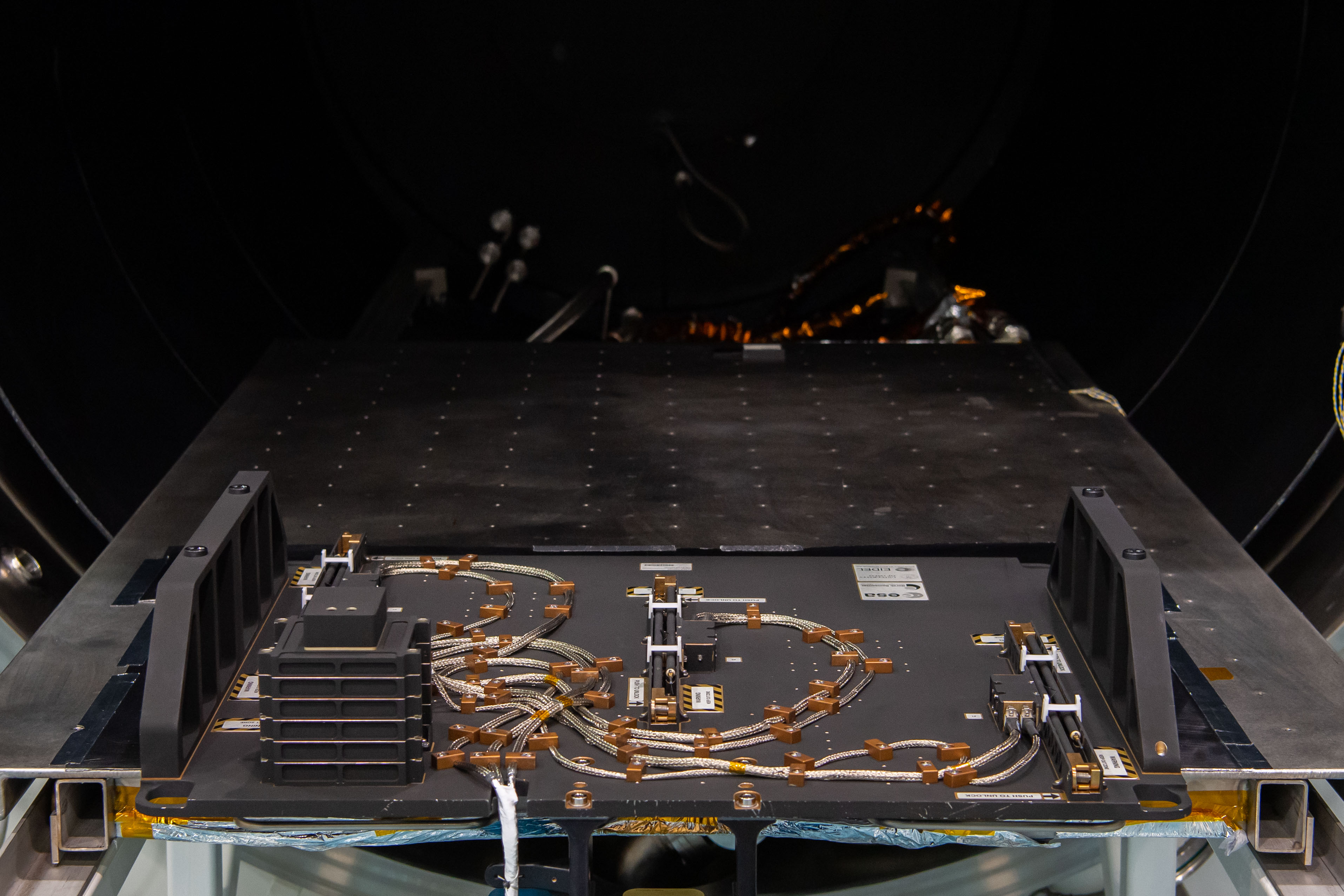
International Space Station (ISS)
Status - active
The multi-needle Langmuir probe, designed and build by a cooperation of Eidsvoll Electronics and the 4DSpace Research Group, will be one of the first instruments on board the new Bartolomeo payload system outside the Columbus module of the International Space Station (ISS). From there, it will provide insights into the electrodynamics of the equatorial ionosphere, probing plasma bubbles and blobs, helping to understand the causes for satellite signal disturbances.

BRIK-II
Status - active
In summer 2021 Virgin Orbit launched the dutch satellite BRIK-II into orbit around Earth.
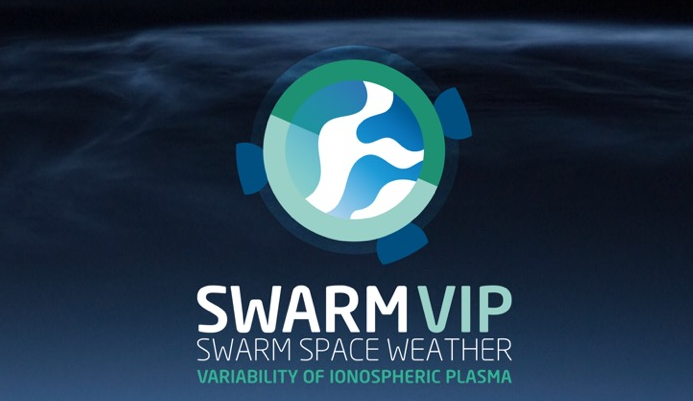
Swarm VIP
Swarm Space Weather – Variability of Ionospheric Plasma (Swarm VIP) is supported by the European Space Agency, EO Science for Society. In the project we use Swarm satellite data and other datasets to determine determine the dominant scales in the ionosphere at different geomagnetic conditions and create a semi-empiric dynamic model of the ionosphere.
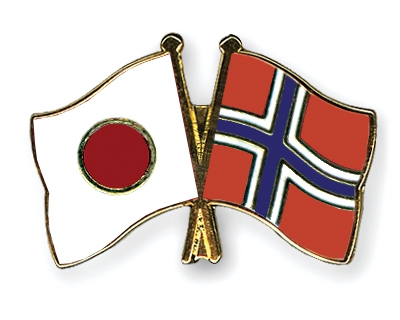
Japan-Norway Partnership for Computing in Space Science
Norway and Japan are very active in space science and exploration. For example, both countries send scientific rockets and satellites into the ionosphere, which is the uppermost part of the Earth atmosphere. In the polar regions it is directly connected to the interplanetary space and this is where we can observe auroras, which are due to highly energetic electrons originating from the Sun and entering the Earth atmosphere. Today, space science increasingly relies on numerical modeling and advanced numerical data analysis.
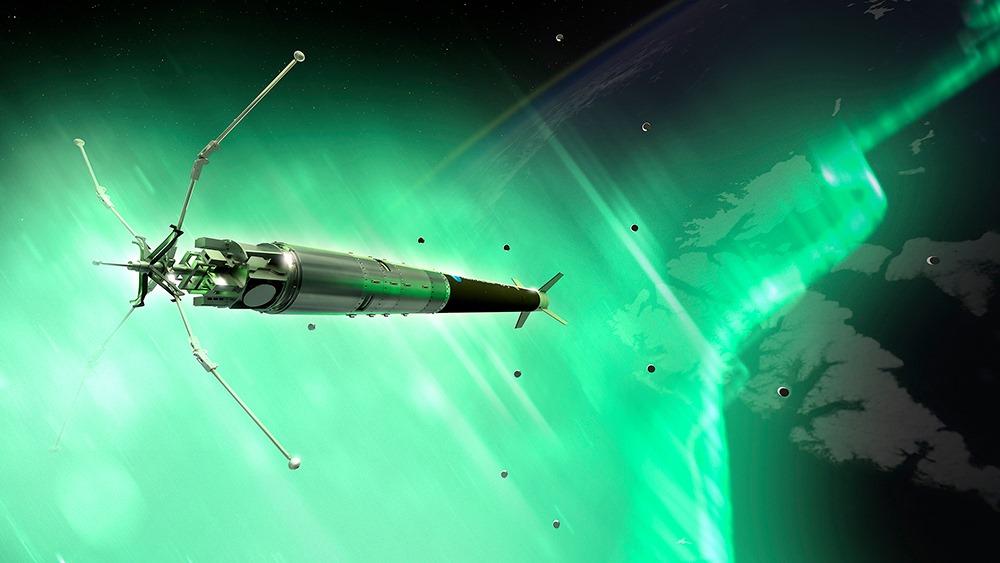
4DSpace investigation of plasma turbulence in the cusp ionosphere
Cycle slips in GPS receivers frequently occur due to plasma density irregularities at high latitudes, even during solar minimum conditions. Recent observations have revealed that cusp auroral dynamics significantly amplify radio signal disturbances. The primary objective for this project is to explore the physical properties of the auroral cusp. In this project we are going to develop a 3D in-situ measurement technique for the Investigation of Cusp Irregularities (ICI) rocket program. Utilizing the miniaturized multi-Needle Langmuir probe system, we are going to instrument 12 ice-hockey puck sized daughter payloads to achieve multi-point measurements.
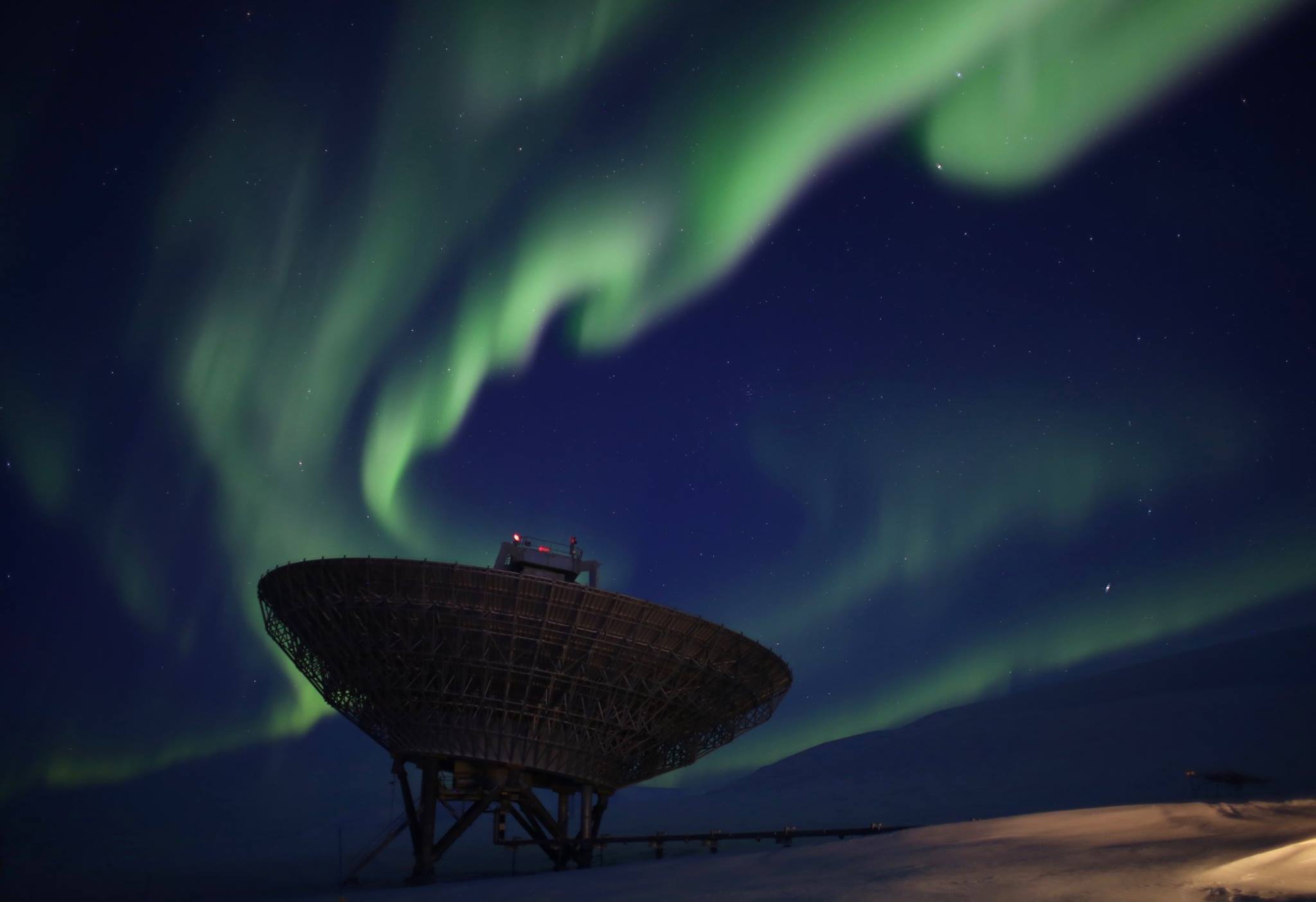
Antarctic ionospheric and space weather research at Troll station
In polar regions, the ionosphere, which is the partially ionized part of the atmosphere, is directly coupled to the Earth’s magnetosphere. This is a very dynamic coupling, which strongly depends on the activity of the Sun, solar wind, and interplanetary magnetic field. This interaction is a key element in the understanding of space weather, which has an increasingly important impact on human activities on Earth and in space, including, but not limited to, communication and satellite-based navigation.
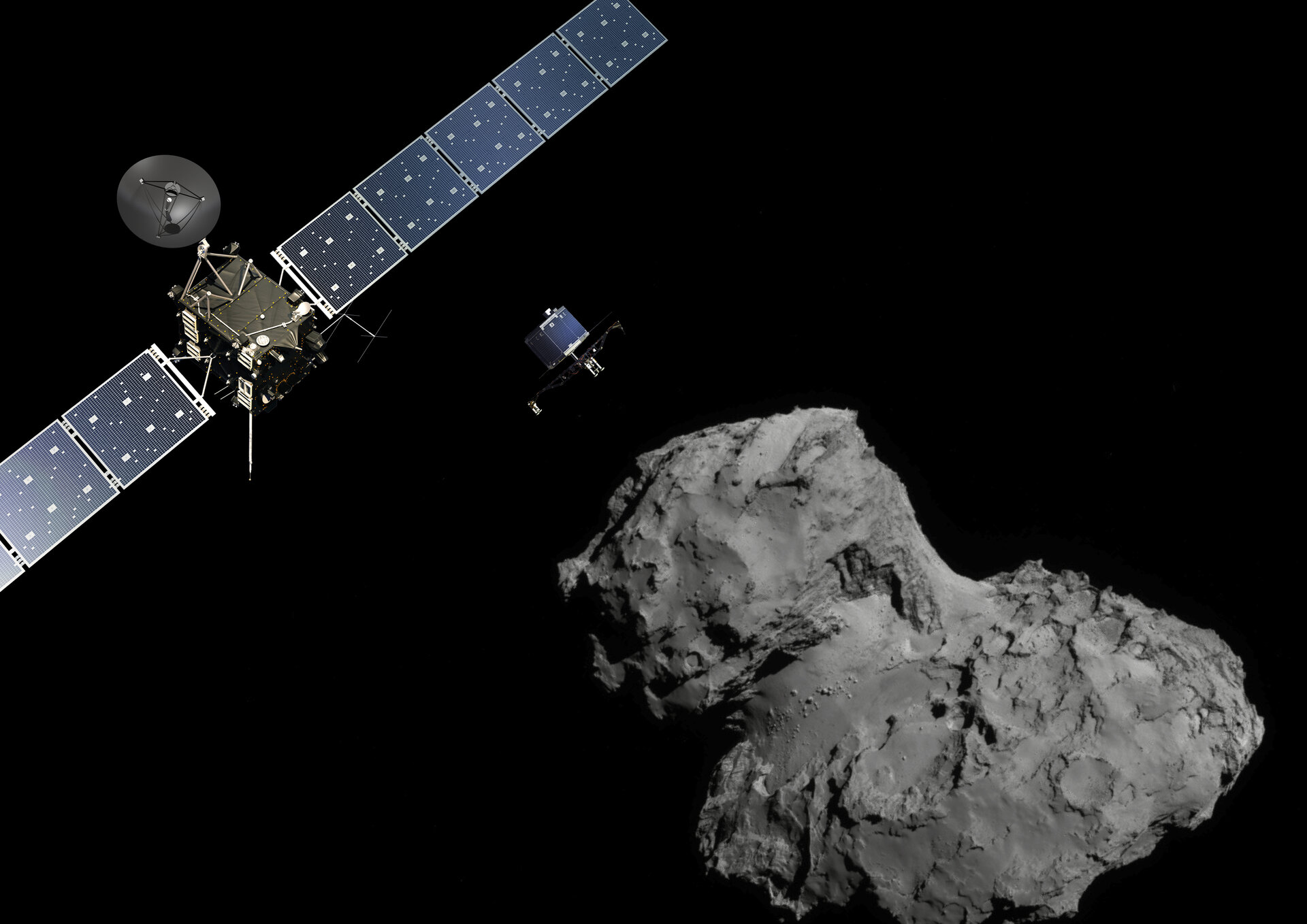
Cometary plasma environment studied by the Rosetta spacecraft
Comets are one of the least understood, small objects in our Solar System, made primarily of ice, dust and small rocks. When approaching Sun, parts of this material is being heated up and creates a coma - partially ionized atmosphere around a comet. This represents a very complex system actively interacting with the solar wind plasma. The Rosetta mission is unique, as it will accompany the comet for over a year, and it will be the first time ever the mankind will explore a comet with such a close inspection.
People
Faculty
Prof. Wojciech J. Miloch
Prof. Lasse B. Clausen
Prof. Mikael Mortensen
Prof. Ketil Røed
Prof. Philipp Dominik Häfliger
Engineers
Researchers
Professor Emeritus
Prof. Hans Laszlo Pecseli
Prof. Alv Egeland
Prof. Per Høeg
Prof. Jan Anstein Holtet
Prof. Arne Pedersen
Postdocs
Magnus Fagernes Ivarsen
Nicholas Ssessanga
PhD Students
Steffen Mattias Brask
Anna Piterskaya







